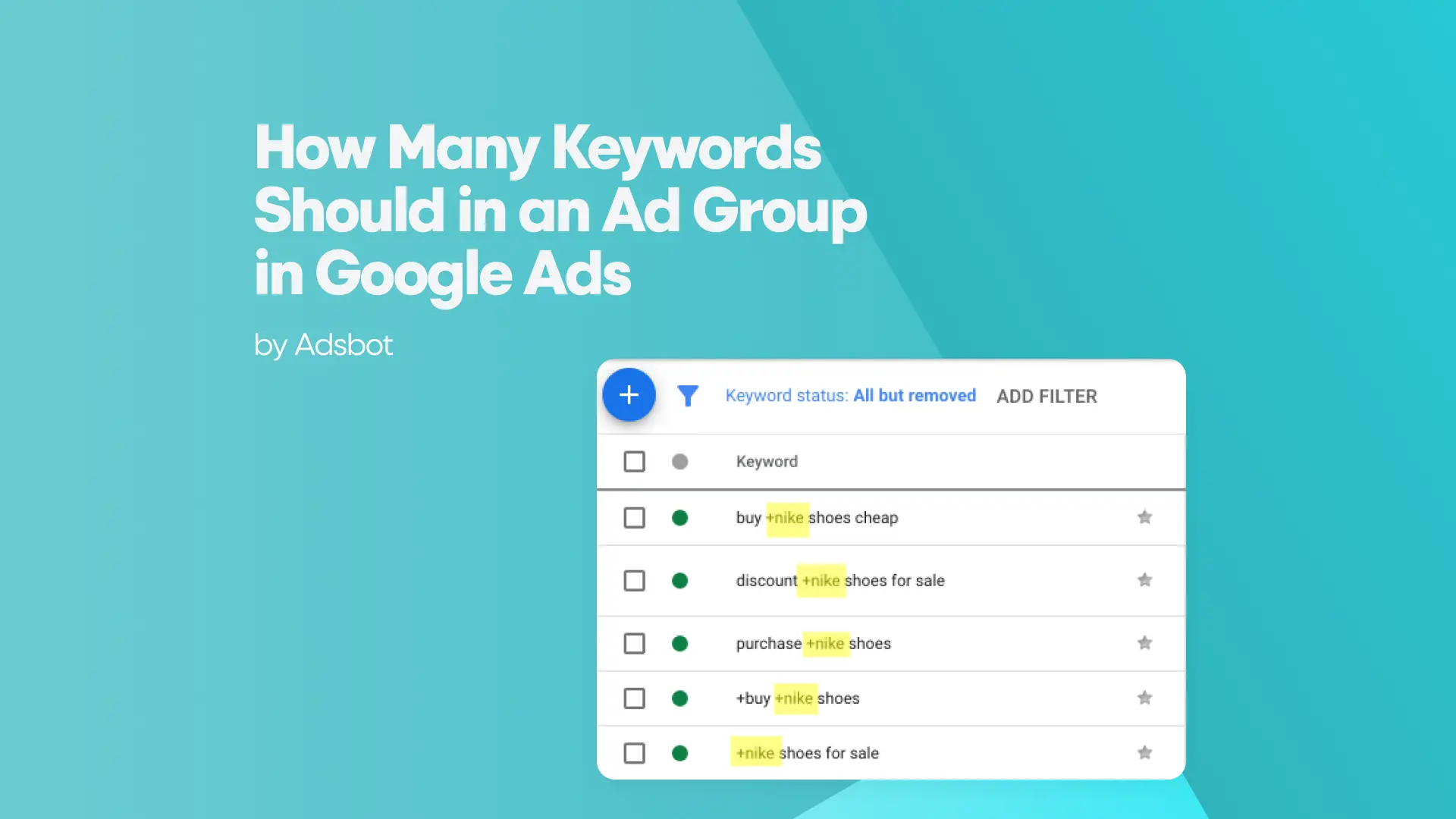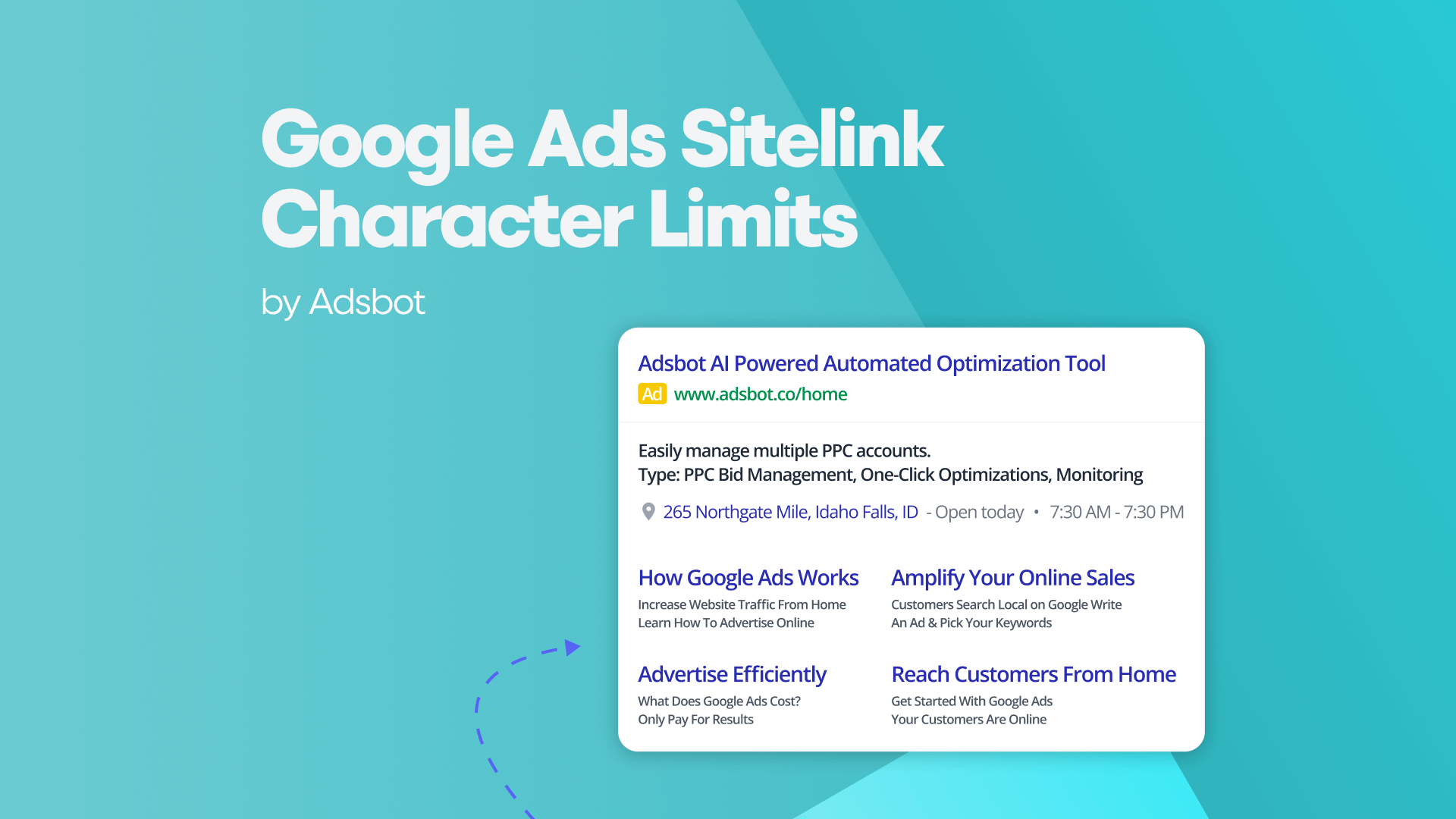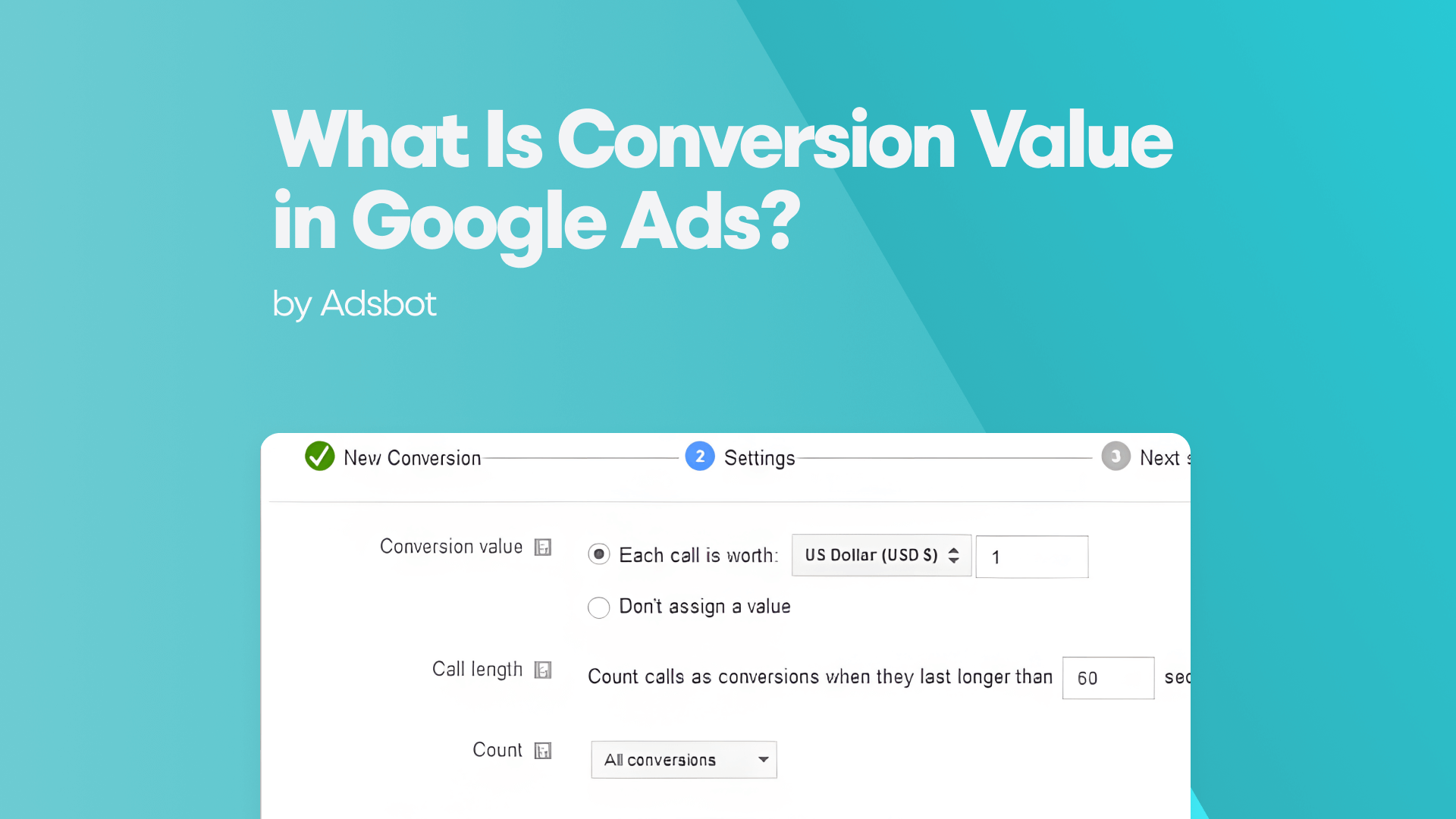Google Inventory Ads, specifically Local Inventory Ads (LIAs), are a powerful feature for retailers looking to increase in-store foot traffic and online conversions. These ads allow you to showcase products that are available in your physical store locations, providing real-time inventory updates directly in your Google Shopping results. If you’re looking to boost local visibility and connect with nearby customers, understanding how Google Inventory Ads work and seeing real-world examples can help you leverage this tool to its full potential.
Local Inventory Ads Google
Local Inventory Ads (LIAs) allow businesses to display the products they have available in physical locations right on Google’s search results, Google Shopping, and Google Maps. These ads provide essential information about in-store availability, helping customers find products in nearby stores.
When a customer searches for a product near your business, your local inventory ads appear with a callout about your store’s location and inventory. This feature integrates seamlessly with Google Shopping, providing a robust and dynamic shopping experience for users. If you’re a local retailer with physical stock, this ad format allows you to attract potential buyers who prefer to buy online but pick up in-store (BOPIS) or shop in person.
For instance, if someone searches for “Nike running shoes near me,” and your store has them in stock, your ad may appear in Google search results or in the Local Pack on Google Maps, offering a direct link to your store’s availability. This makes it easy for users to find out exactly where to buy the products they’re looking for without having to browse through multiple sites or worry about stock availability.
Google Inventory Ads
Google Inventory Ads are a subset of Google Shopping ads that enable businesses to showcase real-time product availability from physical retail locations. These ads are highly effective for businesses that have an online presence but also operate brick-and-mortar stores. By showing inventory levels on Google, you can encourage shoppers to visit your store or purchase directly from your online store, knowing the products are readily available.
A key advantage of Google Inventory Ads is their ability to sync with your Google Merchant Center account. When you upload your product feed to Google Merchant Center, it can include local inventory data, including stock levels, store hours, and even store-specific promotions. This allows Google to pull accurate data about which items are available in your store, ensuring that your customers are always shown the most up-to-date information.
For example, if you sell electronics in your physical store, a user could search for “Samsung Galaxy S21 in stock near me.” Your ad would appear showing real-time availability from your store, including a “Buy Now” or “Check Availability” option that leads to your store’s website or a map with directions to your location.
Google Shopping Local Inventory Ads
Google Shopping Local Inventory Ads (LIAs) help online retailers bridge the gap between their digital and physical stores. These ads allow you to show your products on Google’s Shopping results page while also displaying in-store availability. It’s an excellent way to draw in customers who are looking for specific products and prefer shopping locally.
To implement Local Inventory Ads for your Google Shopping campaigns, you must link your Google Merchant Center account with your Google Ads account and ensure that your local inventory feed is set up correctly. Your inventory feed will include details about each product’s availability at specific locations. This can include:
- Store address and contact information
- Current stock levels
- Availability for in-store pickup or delivery
- Pricing and promotions
Once everything is set up, your ads will appear with real-time information about your products, including the ability to find your local store, view hours, and even check availability. These ads are particularly effective for stores with a physical presence that want to increase in-store visits and sales.
What’s the Benefit of Local Inventory Ads?
There are several significant benefits of using Local Inventory Ads (LIAs) to promote your products and drive sales, both online and in-store:
1. Increased Foot Traffic
By showing customers which products are available at their local store, LIAs drive more foot traffic to your physical locations. For consumers who want to get a product immediately or prefer to pick it up in person, these ads are an essential tool for converting online interest into in-store visits.
2. Improved Visibility
LIAs show up in Google’s Local Pack, Google Shopping results, and Google Maps, which means they can appear across multiple high-traffic locations. This increased visibility can help you stand out against competitors, especially for local searches where users are seeking immediate or near-term product availability.
3. Real-Time Availability
Because LIAs are tied to your actual inventory feed, they provide real-time product availability data. Shoppers can be assured that the products they’re interested in are currently in stock at your physical locations, reducing uncertainty and increasing the likelihood of a conversion.
4. Convenient Shopping Experience
Local Inventory Ads create a seamless shopping experience by allowing users to see product availability in their neighborhood. Whether they want to shop online or visit the store in person, LIAs offer a smooth transition between online and offline shopping, which is increasingly important in today’s multi-channel retail environment.
5. Optimized for Mobile Users
Given that many customers now shop on mobile devices, Local Inventory Ads are optimized for these users. With easy access to local store information and the ability to find directions or check stock availability instantly, mobile customers can make informed purchasing decisions on the go.
What Are Google Local Inventory Ads?
Google Local Inventory Ads are a type of Google Shopping ad that specifically targets users looking for products available at nearby physical locations. These ads are displayed when a user searches for a specific product in their area, with the ad showing local availability, store details, and sometimes even inventory levels.
Unlike traditional Google Shopping Ads, which only display products for online purchase, Google Local Inventory Ads display both in-store and online availability, helping customers find the best shopping options, whether they want to purchase online or pick up the item in person.
For example, if you run a clothing store and someone in your area searches for “men’s jackets near me,” your local inventory ad could appear with details about which jackets are available in your store, including size and color options. This type of ad can give users the confidence to visit your store, knowing that what they want is in stock.
Creating Your Inventory in Google Ads
To create and manage your inventory in Google Ads, follow these steps:
1. Set Up Your Google Merchant Center Account
The first step in creating local inventory ads is to set up a Google Merchant Center account and upload your product feed. Make sure to include your local inventory feed, which details the availability of your products in specific store locations.
2. Link Google Ads and Merchant Center
After your Merchant Center account is set up and your product feed is uploaded, link it to your Google Ads account. This integration allows your ads to pull real-time inventory information directly from your feed and display them to potential customers in the right context.
3. Enable Local Inventory Ads
To create Local Inventory Ads in Google Ads, go to your Google Ads account and create a new campaign. Choose the Google Shopping campaign type, then select “Local inventory ads” as your campaign subtype. Make sure your inventory feed is active and linked to your campaign.
4. Optimize Your Product Feed
Once your feed is in place, make sure that all your product details are accurate and up-to-date. This includes stock levels, pricing, and store locations. The more accurate and detailed your product feed is, the better your ads will perform.
5. Set Budget and Bidding Strategy
Finally, set your daily budget and bidding strategy for the campaign. You can use automatic bidding strategies like Maximize Conversions or Target ROAS to help ensure that your budget is spent efficiently while driving high-quality traffic to your store.
Google Inventory Ads, particularly Local Inventory Ads (LIAs), offer significant advantages for businesses that want to drive in-store traffic, increase visibility, and bridge the gap between online and offline shopping. By leveraging these ads, retailers can ensure that potential customers know exactly where to find the products they’re looking for in nearby stores, increasing the likelihood of conversions both online and in-store.
Whether you’re a small local store or a larger retailer with multiple locations, Local Inventory Ads can enhance your Google Ads campaigns, making it easier for customers to find products available near them. By creating and managing your inventory feed correctly and optimizing your campaign settings, you can maximize the potential of these ads and see better results for your business.
Popular Posts
-
How Many Keywords Should Be In an Ad Group in Google Ads?
Ever wondered if your Google Ads campaigns are packed with…
Read more -
Google Ads Script for Dummies: An Introduction
Imagine you have an e-commerce website that sells licensed superhero…
Read more -
Google Ads Sitelink Character Limits
Your Google Ads are cutting off in the middle of…
Read more -
What Is Conversion Value in Google Ads?
What if you could put a price tag on every…
Read more
Register for our Free 14-day Trial now!
No credit card required, cancel anytime.





